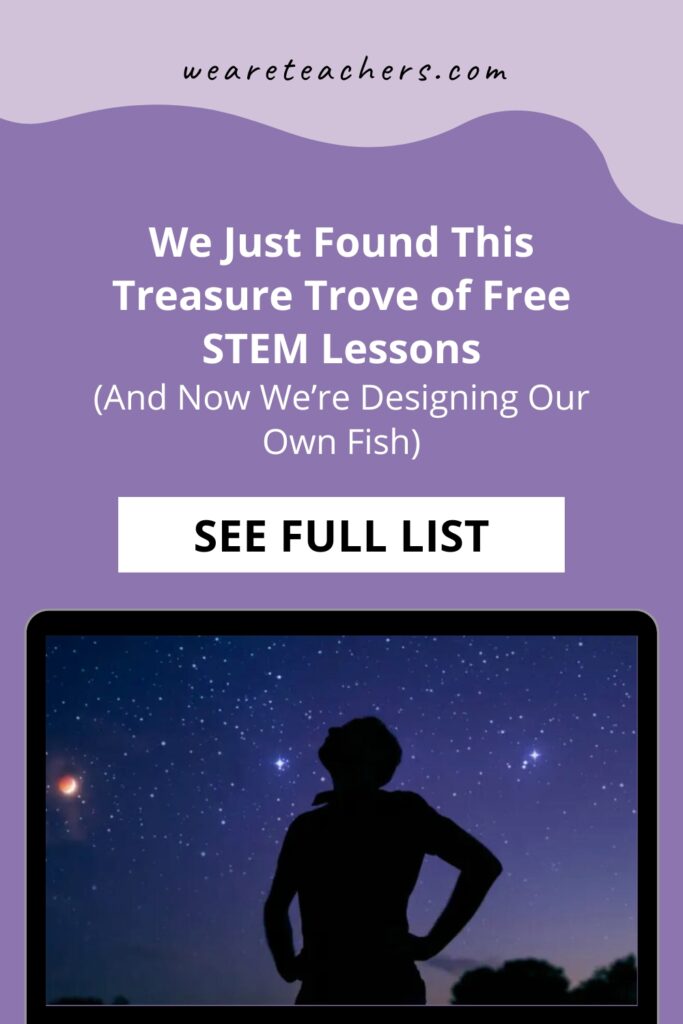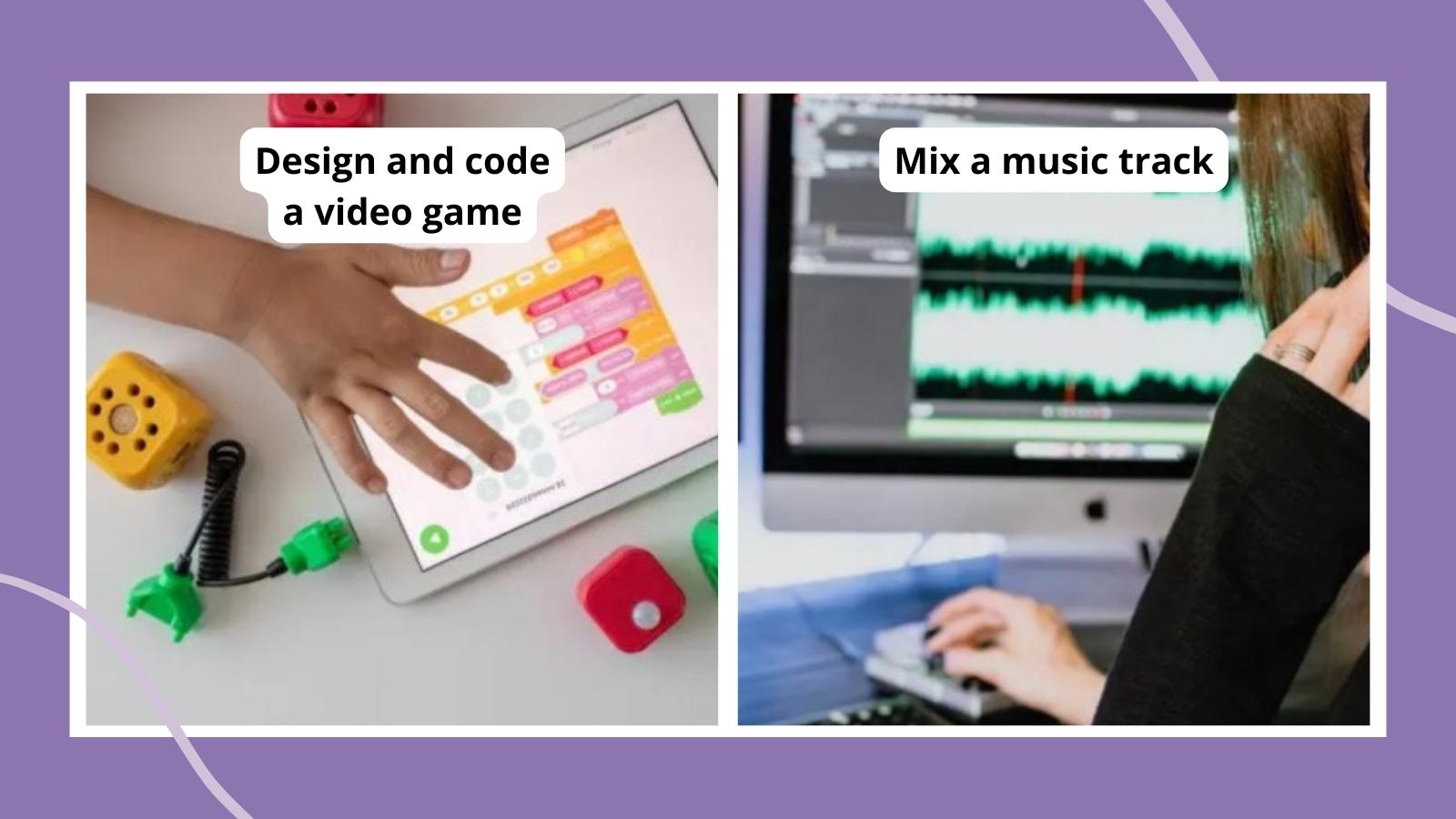Today’s technology makes STEM learning more exciting than ever before. Virtual and augmented reality programs give students the ability to explore places they may not be able to go in real life. Other apps offer the chance to try out the skills they’ll need for potential future careers. In fact, there are so many options available, it can be hard to keep up. That’s why the new collection of STEM lessons from Verizon Innovative Learning HQ is so awesome.
These free, ready-to-teach lesson plans provide everything you need for a variety of unique STEM learning experiences across the curriculum. Students develop a STEM (growth) mindset and think critically as they discover new technologies and concepts. Dive into the ocean depths, soar into outer space, and learn more about our incredible universe with these STEM lessons for every grade level.
To jump directly to the Middle School STEM Lessons from Verizon Innovative Learning HQ, click here.
To jump directly to the High School STEM Lessons from Verizon Innovative Learning HQ, click here.
Elementary STEM Lessons
At this age, kids absolutely love to experiment with anything new. Teach them to use virtual and augmented reality apps for learning (as well as fun!) with these lessons.
Swim, Swim … SINK
What Students Will Do/Learn: Design an apparatus to help a duck stay afloat
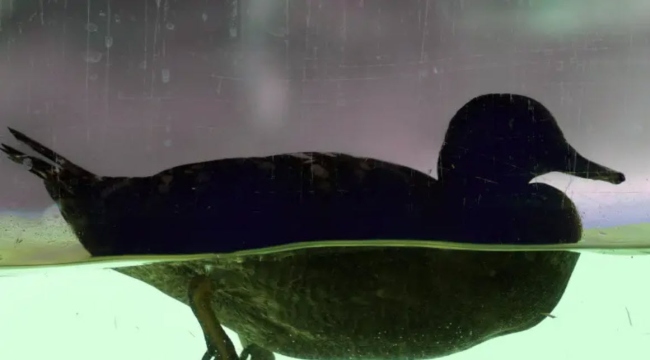
Technology Needed: iOS tablet or smartphone with the Aurelia app
How It Works: This part is optional, but you can start by reading the book Swim Swim Sink by Jennifer Harney, in which one little duckling just can’t seem to stay afloat like her siblings. Use it to launch a STEM challenge (or just jump right in if you don’t have the book), inviting kids to design an apparatus to help a small toy duck float. Encourage students to explore the underwater world using the Aurelia augmented reality ocean app. By getting up close to fish and other aquatic creatures, they can gather ideas to help them create a successful design.
Why We Love It: STEM challenges are always a hit with kids, who love the hands-on aspect. Plus, this one involves water, which fascinates all children. When you add the chance to experience the ocean through augmented reality right in your classroom, this lesson is sure to bring science to life.
Junior Explorers
What Students Will Do/Learn: Report on a VR trip to Mars

Technology Needed: iOS tablet or smartphone with the TimePod Adventures app
How It Works: Start kids on their voyage of discovery by having them sort a set of exploration-themed cards into categories. Next, they’ll go exploring themselves (without leaving the classroom!) using the TimePod Adventures augmented reality app. After their “visit” to Mars, students record what they saw on their voyage, reporting on their experiences.
Why We Love It: Space is endlessly fascinating for all kids. This generation could see human expeditions to Mars in their own lifetimes, so lessons like this one encourage them to dream big and consider a career in space exploration.
Emoji Design
What Students Will Do/Learn: Use a vector graphic design program
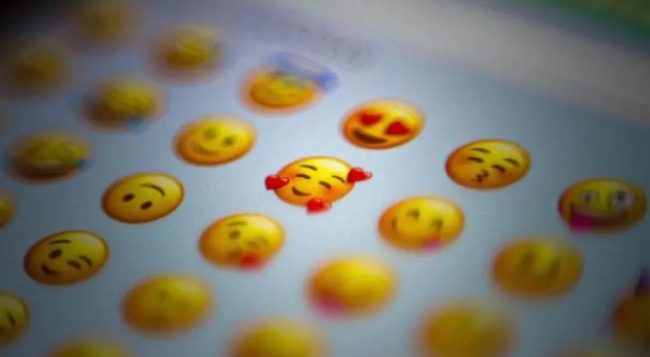
Technology Needed: Laptop/desktop with access to the Vectr graphic design site
How It Works: Students experiment with Vectr, a free online graphic design software program. First, they’ll watch a video to see how graphic designers use this kind of software to create items like emojis. Then, using the Student Guide, they dive in and try using Vectr to create their own graphics.
Why We Love It: This lesson introduces a potential career path for kids (graphic designer), but it’s really more about encouraging a growth mindset. Kids will likely struggle, make mistakes, and even fail as they experiment. And that’s OK! The key is for them to see that there’s a lot to learn if they just keep trying.
Stop-Motion Animation
What Students Will Do/Learn: Use an easy app to make their own movies
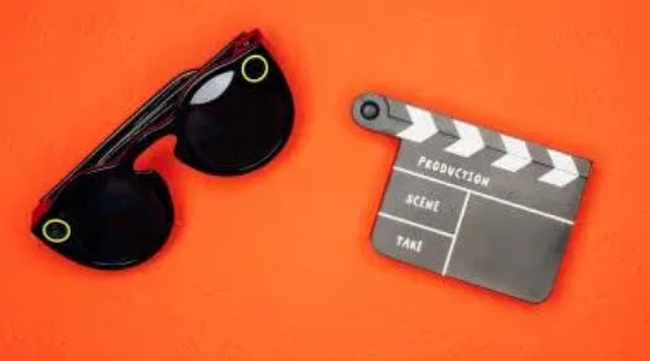
Technology Needed: Tablet or smartphone with the Stop Motion Studio app
How It Works: Start by watching the Introduction to Animation video, then introduce the concept of stop-motion animation. Kids use basic instructions to create their own simple stop-motion video of a spinning object. Once they’ve mastered that, they’re ready to plan and make a longer stop-motion animation!
Why We Love It: In addition to fostering a growth mindset, this activity encourages kids to think in both 3D and 2D. They’ll develop a sense of spatial awareness as they convert their images from one to the other. This lesson also encourages creativity through technology and play.
Predator vs. Prey
What Students Will Do/Learn: Design the perfect fish
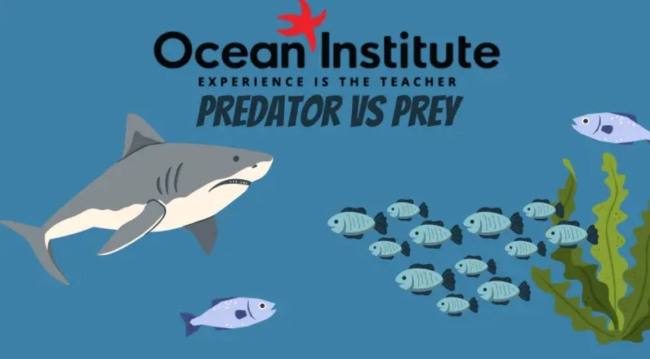
Technology Needed: iOS tablet or smartphone with the Aurelia app
How It Works: Students use the Aurelia app to design a new fish, one that’s either a predator or prey. After some discussion and exploration, they refine their design, tweaking it to better fit its role in the environment.
Why We Love It: This lesson fits perfectly into a unit on predators and the food web. Kids will get a kick out of the augmented reality aspect while learning more about how each creature plays an important role in the ecosystem.
Middle School STEM Lessons
By junior high, students are pretty comfortable with technology in general. These lessons show them even more incredible possibilities.
Coding and Game Design
What Students Will Do/Learn: Explore the possibilities of Scratch
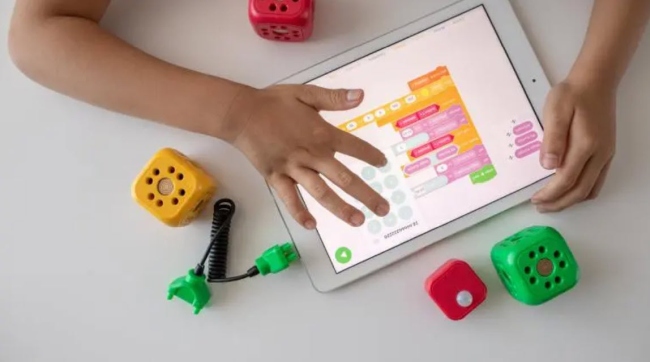
Technology Needed: iOS tablet or smartphone with access to Scratch
How It Works: Students use the free Scratch software program to design and code their own video game. After watching a video about game developers, they jump in and use basic coding skills, learning through trial and error along the way.
Why We Love It: Coding is one of those skills all kids should be familiar with, especially those with a strong interest in technology. Once kids know the basics of Scratch, they can create all sorts of projects and even share them with others.
Music Mixing
What Students Will Do/Learn: Use an app to become a sound engineer
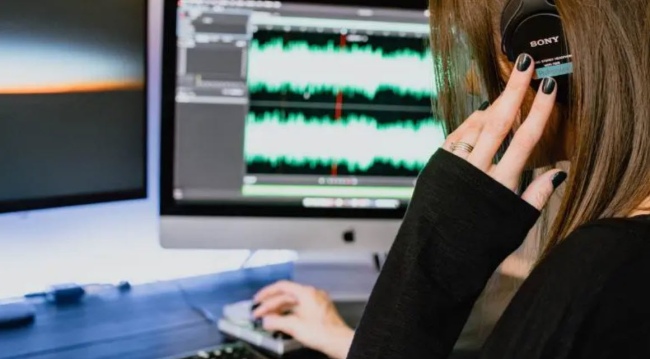
Technology Needed: Tablet or smartphone with Music Maker Jam app
How It Works: Start by watching a video about professional sound engineers, and talk with kids about their own favorite music. Then, ask them to use the Student Guide and Music Maker Jam app to mix their own tracks. First, they’ll create a quick track to learn the software. Then, they’ll spend more time creating an original mix to share with the class.
Why We Love It: Music is universal and has a real appeal for kids at this age. Consider compiling all their tracks into one big mix and using it for brain break dance parties throughout the school year.
Exploring the Universe: Imagining Life
What Students Will Do/Learn: Create a new extremophile
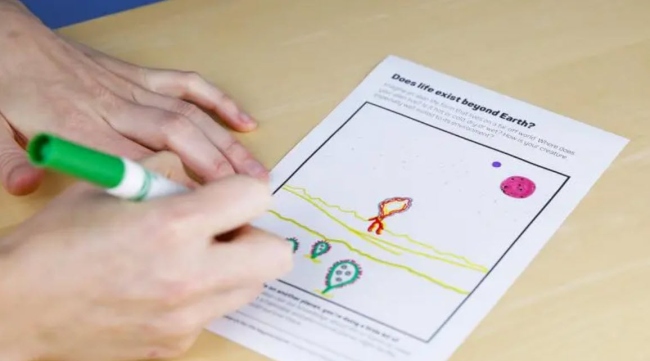
Technology Needed: Tablet or smartphone with the Visceral Science app
How It Works: Learn about extremophiles, organisms that can live in extreme environments. Take a virtual trip using the Visceral Science app to explore possible extreme environments in space. Students then create and draw their own extreme environment, and imagine the extremophiles that might live there.
Why We Love It: When we encourage kids to think beyond the familiar, they become willing to experience and embrace new things. This lesson encourages imagination within the realm of scientific possibility, and reminds students that there’s always something new to be discovered.
An Audit, Not for Taxes, but To Keep Our Great Lakes Great!
What Students Will Do/Learn: Examine the effects of their water usage
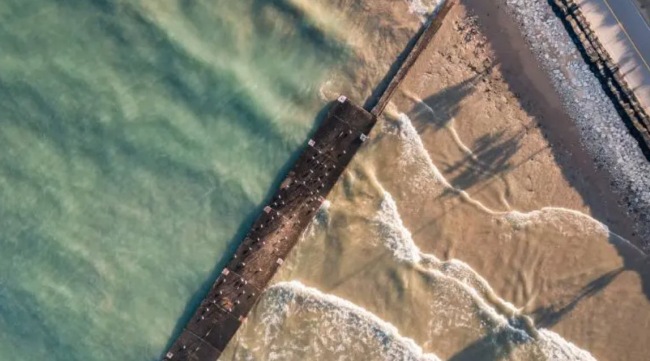
Technology Needed: Tablet or smartphone with the Arcadia Earth app
How It Works: After diving in (virtually) to the Great Lakes using the Arcadia Earth app, students audit their own water usage. They calculate data for the class’s water usage as a group, and consider how they can make changes in their own lives to help the Great Lakes and other water systems.
Why We Love It: This is a cool way to explore during a unit on the Great Lakes, water systems, or water pollution. It’s especially impactful to those who live in the Midwest, where students are likely to have a personal connection to these mighty lakes.
High School STEM Lessons
Teens are ready to use technology in more advanced ways and consider how it might impact their own future careers. These lessons use virtual and augmented reality apps to make a real impact.
Cells and Models
What Students Will Do/Learn: Build a VR cell model
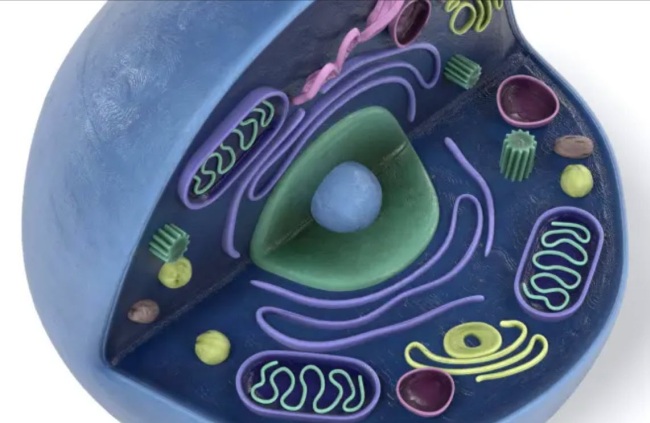
Technology Needed: VR headset (web app coming fall 2023)
How It Works: To learn why models are valuable tools for scientists, students build virtual cells (using VR headsets if you have them) via the Looking Inside: Cells app. In subsequent lessons, they can build specialized cells and watch them divide.
Why We Love It: Cell models are a classic STEM project. This version adds the latest technology into the mix, showing students how these programs can help scientists visualize and problem-solve.
Cataloging Stars
What Students Will Do/Learn: Explore the stars using VR
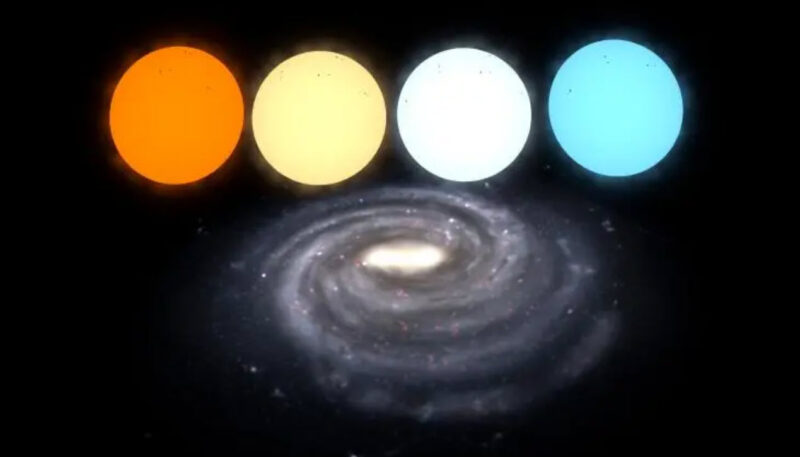
Technology Needed: Smartphones or tablets with the Visceral Science app
How It Works: Using the augmented-reality Visceral Science app, students study a variety of stars and record their attributes. Then, they categorize and catalog them, just as scientists do, to determine their age.
Why We Love It: Night skies are fascinating, but they’re even better when you have more information about those tiny points of light. This lesson shows students an easy way to find out more about the objects in the skies all around us, so they can continue to explore on their own.
How To Read a Fish
What Students Will Do/Learn: Evolve the ideal fish for any environment
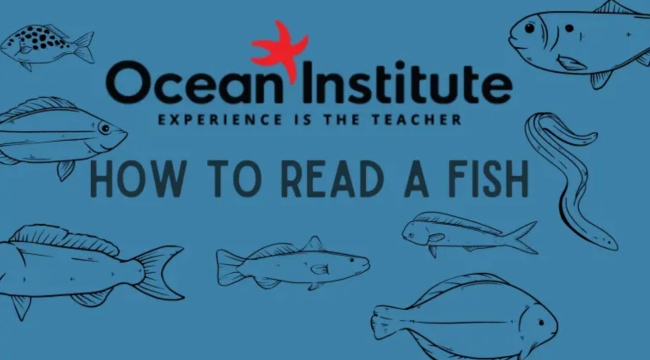
Technology Needed: iOS tablet or smartphone with the Aurelia app
How It Works: First, students explore underwater ecosystems in the Aurelia AR ocean app. After discovering more about aquatic body shape, fin type, and mouth type, they proceed to create a fish better suited to its environment.
Why We Love It: Very few classes can take actual underwater field trips, so this virtual reality app is a real game changer! It makes learning about animal adaptations and the anatomy of a fish truly engaging.
Building a Black Hole
What Students Will Do/Learn: Go hands-on with black hole models
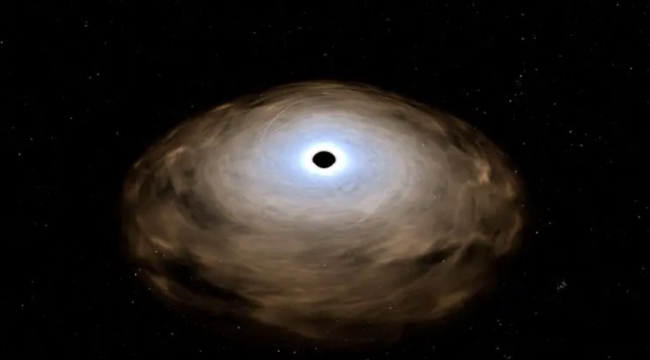
Technology Needed: Smartphones or tablets with the Visceral Science app
How It Works: Students start with a simple STEM experiment, using balloons and aluminum foil to build black hole models. They calculate the radius, volume, and density of each trial. Then, they use the Visceral Science app to explore real black holes in more detail.
Why We Love It: Combining a hands-on element with virtual reality technology engages students on multiple levels. Black holes are extremely hard to comprehend, and this lesson provides a practical way to help students understand more about them.
Martian Ecotourism
What Students Will Do/Learn: Envision a responsible way to tour Mars
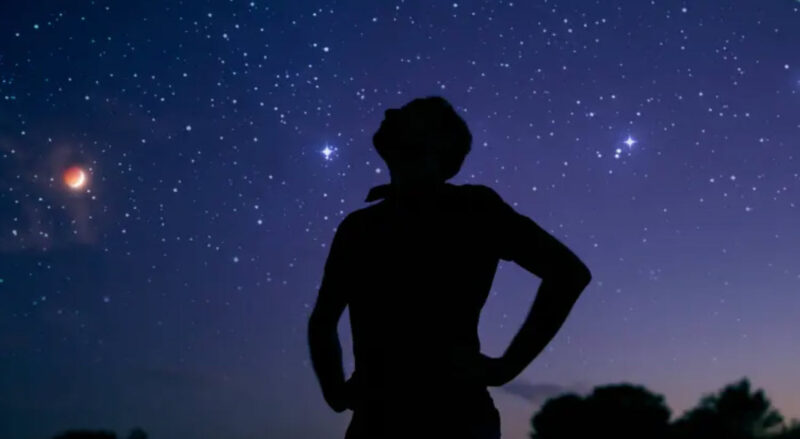
Technology Needed: iOS tablet or smartphone with the TimePod Adventures app
How It Works: To begin, students learn about the definitions of tourism and ecotourism in general. Then, they use the TimePod Adventures app to explore Mars using augmented reality. Finally, they create a Mars ecotourism trip that benefits Mars and the Earth, while avoiding potential harm to either.
Why We Love It: There’s a real possibility that space tourism will become more popular in these students’ lifetimes. Considering the moral and ethical implications is a fascinating topic, one that encourages critical thinking along with creativity.
Get all these STEM lessons and more for free at Verizon Innovative Learning HQ!
